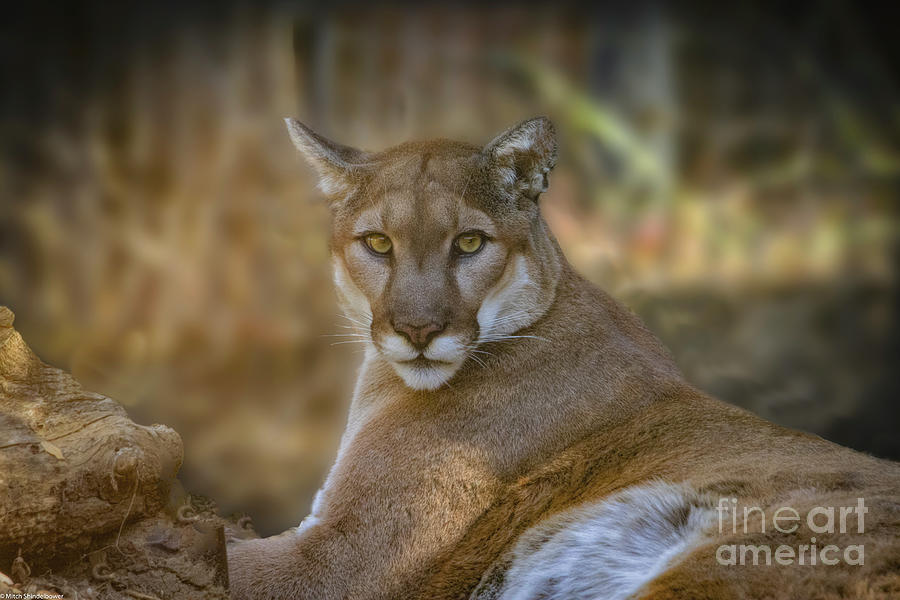

and adult males can weigh as much as 35 lbs. Adult bobcat females in NJ generally weigh between 18 and 25 lbs. Though they are larger than a house cat, they are much smaller than a mountain lion. A bobcat is considered a medium sized-cat, about two feet tall. A comment here this month reports another one.īobcat - Photo: Public Domain, via īobcats are known to live in New Jersey and are considered endangered by the NJDEP. Check the comments on this post below and you'll see that since it was originally posted regular sightings continue.

There was a report of one in Ewing Township in 2018. In other words - No Mountain Lions in NJ.Īnd yet, reports keep coming in. Direct persecution, conversion of wildlands to agriculture and human development, roads and highways, and other forms of habitat loss all contributed to the decline and ultimate extirpation of mountain lions in New Jersey." Ideal habitat would have occurred in the forests, hills, and along the timbered streams, but mountain lions could have persisted anywhere there was ample prey. The evidence so far is just a grainy video and a fuzzy photograph taken with a hunter's game camera.Īccording to, "Before European settlement, mountain lions once occurred throughout New Jersey and moved between New Jersey and neighboring states. New Jersey's largest cat is officially the bobcat, but these reports to animal control officers are saying this is not a bobcat but a mountain lion (AKA cougar or puma). The New Jersey Department of Environmental Protection's Division of Fish and Wildlife sometimes receives evidence and investigates and their verdict has always been that these big cats are mountain lions. There have been several articles online about "sightings" of a "large cat." One in Camden County near the Winslow Hammonton border by Route 73 was reported to be a mountain lion. It had recently killed a buck and was dragging it across the road.I have received inquiries over the years of writing this blog about sightings in New Jersey of a moose, elk, reindeer, and wolves. UPDATE: An alert reader sent this photo of a mountain lion taken about three weeks ago (September 2009) near Farmington, Pa, in Fayette County. UPDATE: An alert reader took this photo late September, 2008, from his trail camera near Plummer, PA. One solution that believes will ensure the herb’s survival is to reintroduce mountain lions, wolves or other natural predators to the Appalachians.


The very sad news: there was a PGC ear tag on it. Their conclusion: “Sir, you don’t have a mountain lion.” A week later the farmer shot the mountain lion. Remember this post from February 28, 2005″Īn Amish farmer along 944 in Cumberland County complained to the PGC a mountain lion was killing his sheep. Lutz and several other volunteers are planning to travel to Bedford County within a few days of the next snowfall, in fact, to look for cougar sign because several sightings have been reported there in recent months. That doesn’t stop some from believing mountain lions do exist in the East. “A cougar or puma is like a UFO with four feet.” “It’s so hard to pin anything down,” said John Lutz, the West Virginia man who heads the network, a non-scientific affiliation of mountain lion seekers across the eastern United States. Hard evidence that wild, free-ranging mountain lions are living in the state they did not. They wanted to hear from anyone who saw a mountain lion or signs of one, like tracks or scats. Just prior to the start of Pennsylvania’s two-week firearms deer season, the volunteers at the Eastern Puma Research Network put out a call to hunters. You read it here first: Mountain lions still exist in Pennsylvania:


 0 kommentar(er)
0 kommentar(er)
